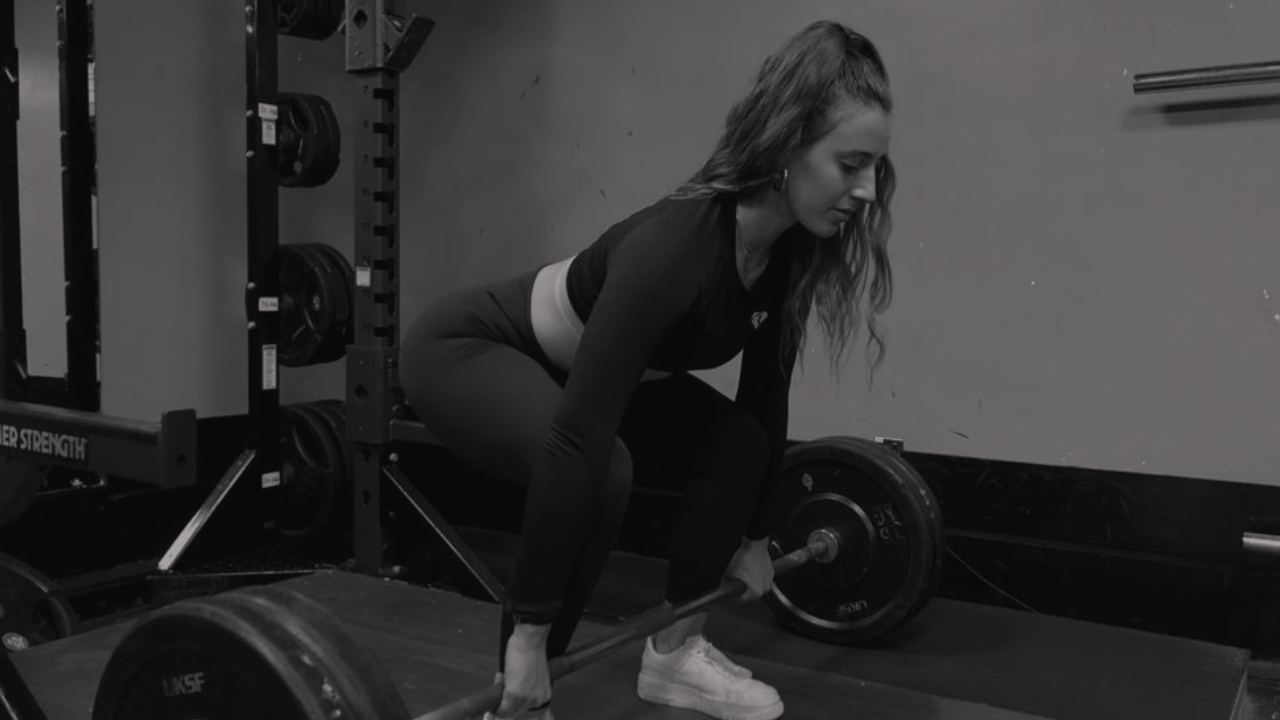When it comes to building an effective training program, the goal is to create a series of training blocks, with each phase feeding into the next so you can get the most from your training as you progress through the plan. We refer to this process as periodisation, where each 'period' has a specific focus. A straightforward way to look at this is to divide your cycle into 3 phases:
Phase 1: Accumulation
This phase is typically non-specific, building a solid base of fitness across a wide range of movements. Beginner athletes should spend longer in this phase; however, with training experience, you can reduce the duration of this part of your program.
Phase 2: Intensification
The focus of this phase is on increasing training intensity to maximise strength, power and speed. As a result, there is a reduction in overall training volume and energy systems training in this phase. Therefore, the risk is that an athlete may become deconditioned if they spend too long in this part of a training cycle.
Phase 3: Realisation
Training in this phase aims to translate the gains we have made in the intensification phase to sport-specific requirements. The focus is on maximising how quickly or forcefully we can move under conditions where the rate of force development, coordination and endurance are more relevant.
Make it personal
The ratios of time spent in each phase of a training cycle vary from individual to individual. Novice athletes will typically spend less time in phases 2 and 3; athletes who have a greater need to develop strength and speed spend longer in phase 2, while athletes who have more specific requirements spend more time in phase 3.
Furthermore, we do not always move through these phases linearly, e.g. '1-2-3-2-3-1...' This can help as if we spend too long in phase 2 emphasising maximum output, we may become deconditioned. The rule of thumb is that phase 3 should always be preceded by phase 2.
Key take home:
The way you structure a training plan should follow a sequential pattern building a foundation, then maximising your outputs before specialising in the areas that are key to your performance. Remember, everyones goals, fitness levels and training experience, are unique so for best results you should tailor a plan to your own needs.
Posted
in
Training on Jul 13, 2021
